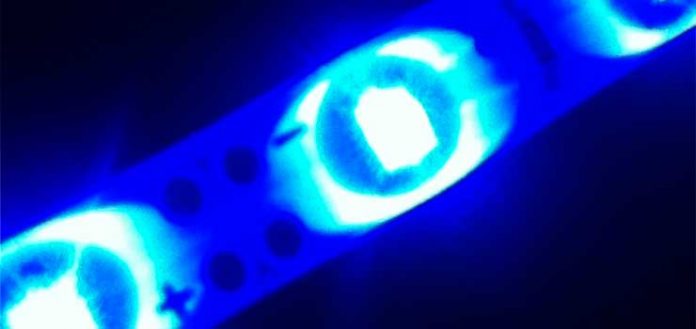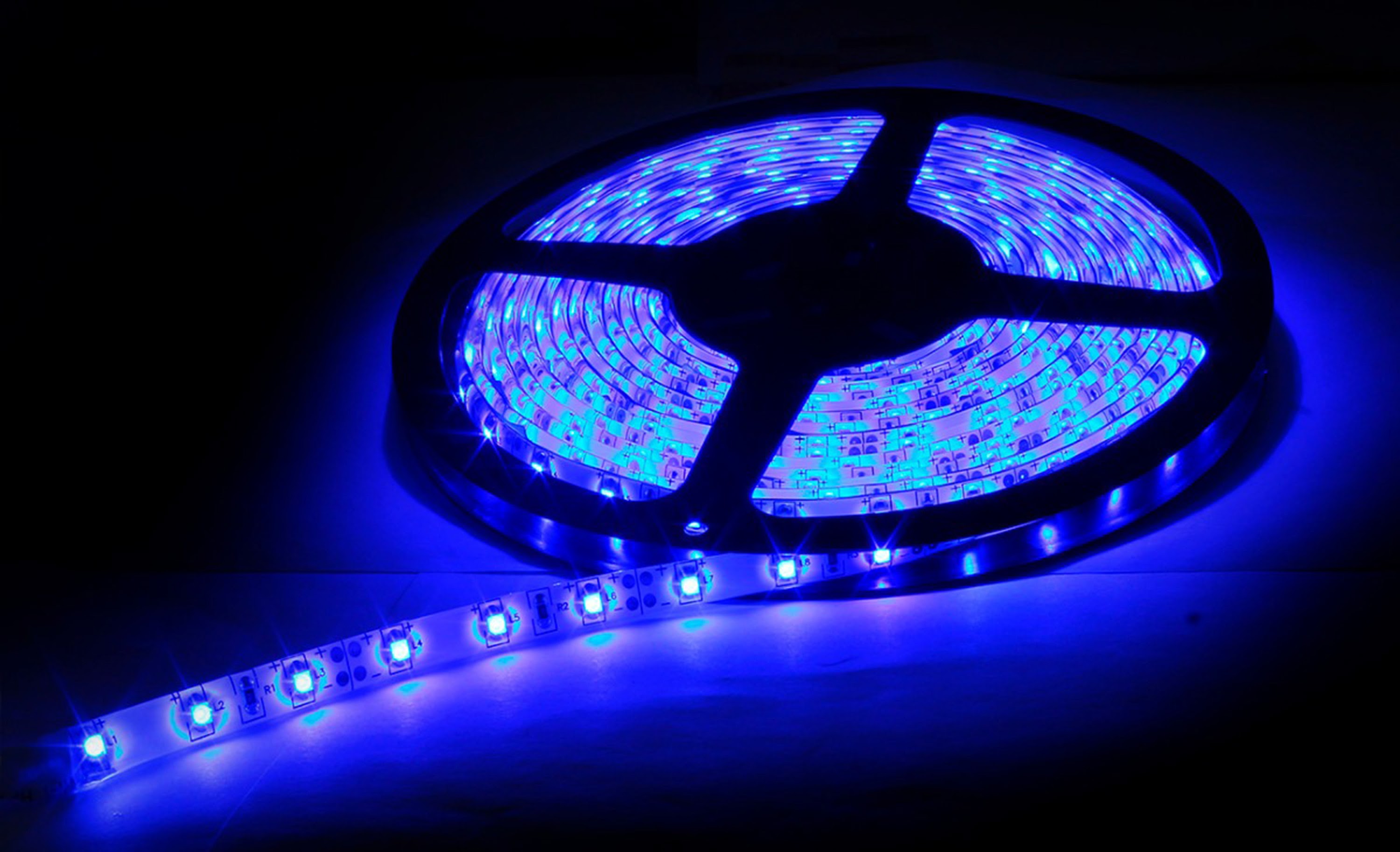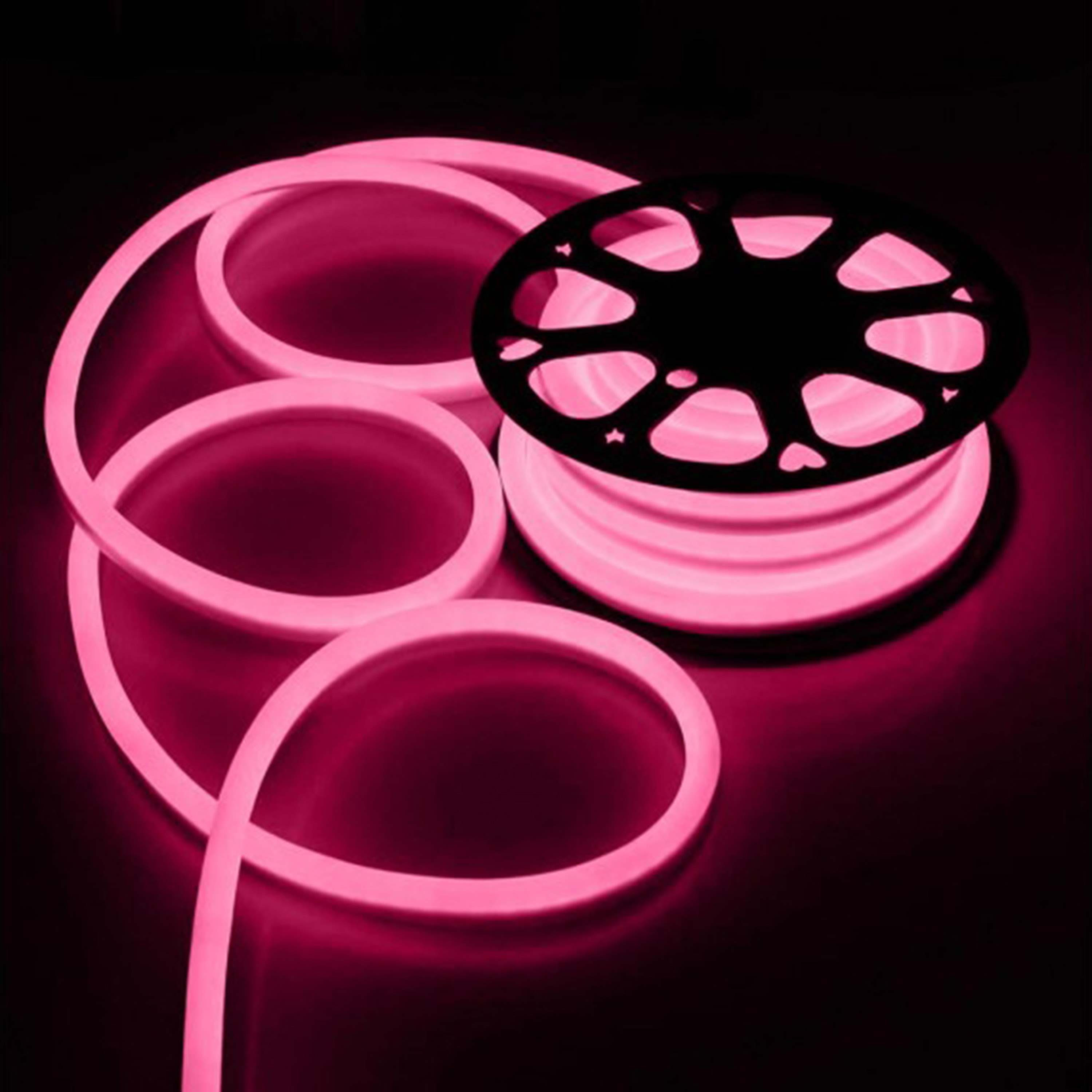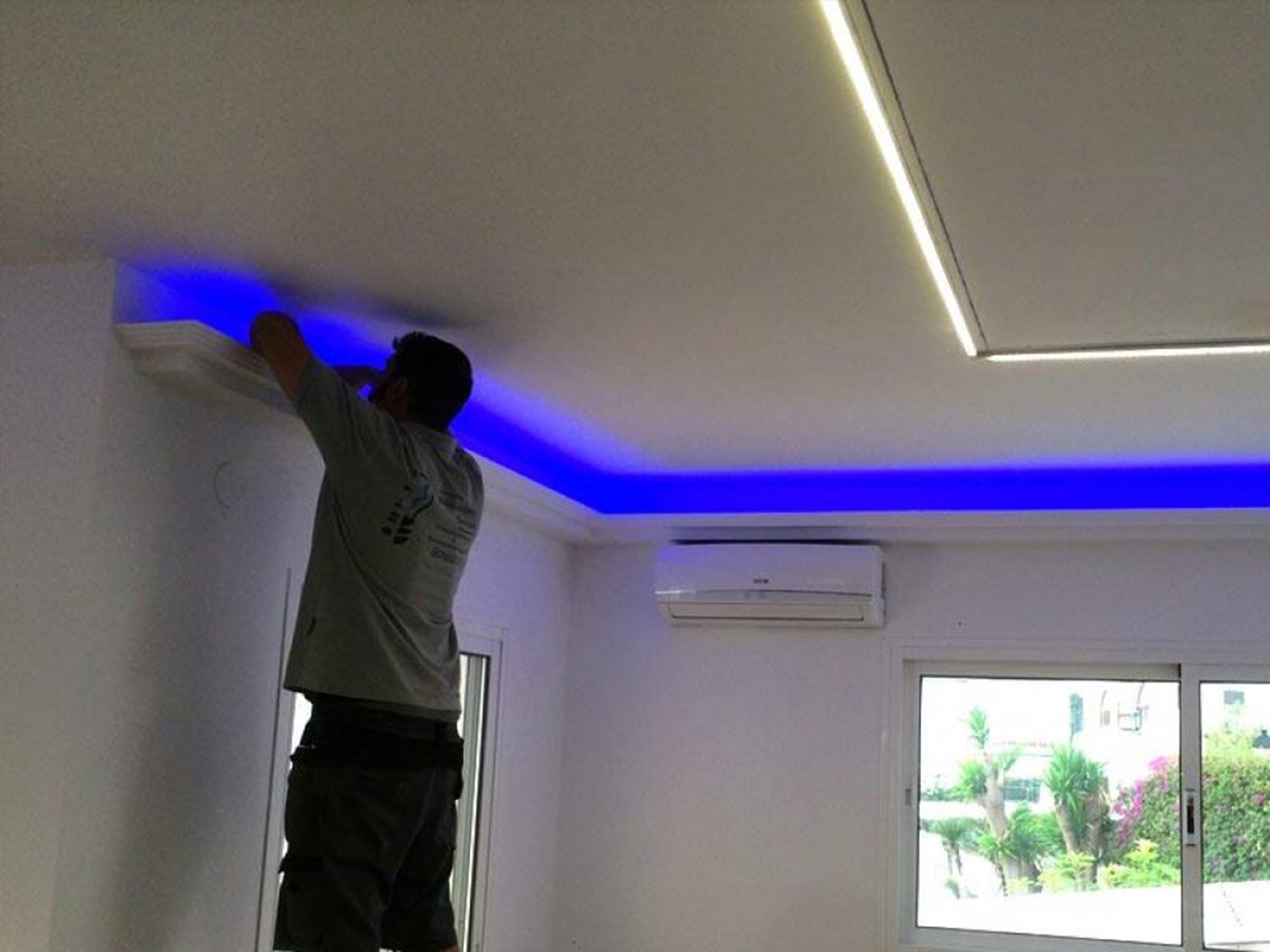
A few years ago, when LED technology began to be considered as a serious alternative to traditional lighting, light bulbs and little else began to be marketed for the domestic segment. Now, a few years later, the offer has expanded enormously, with tubes, spotlights of different types, LED strips and a wide range of lighting products.
It is undeniable that LED technology has ended up imposing itself thanks to all the advantages it brings. If you want to know more about LED lighting, you can see this other article Advantages of LED Lighting, which we published some time ago.
Well, today we are going to focus on a more specific lighting modality. We are referring to LED strips. This type of lighting, in addition to being functional, is more decorative and aesthetic. In addition to providing direct light, you can create softer ambient lighting.

How to light your room professionally with LED Strips
Therefore, we will talk about how to professionally illuminate your room with LED strips, giving you ideas for it, and listing some of the many alternatives and variants of this type of lighting element.
One of the numerous advantages of LED lighting is that, in addition to providing light, it produces very attractive effects, adding an extra to the decoration of the room.
Alternatives available in LED strips
We will start by looking at some of the many alternatives that we can find on the market.
Many times, when talking about LED strips, we refer to the typical strip as the only alternative. Nothing is further from reality. There are generic ones, and others for more specific uses.
Next we will see several types of LED strips and, within these, different variants.
Single, double and triple LED strips
There are strips with a single row of diodes, others with two rows or even three rows. The different rows can emit light of the same color or different.
Digital LED strips
Digital strips allow you to create light effects, achieving both movement and color change.
The simplest effects are achieved with a digital controller, whose installation is not complicated. On the other hand, the most complex effects are achieved through DMX controllers, either through lighting tables, or through a computer with a USB connection with «FastSPI_LED» libraries.
CHILDREN’S DECORATIVE LAMP. If you want to see, on our YouTube channel, the video-tutorial to make this original lamp, click on the image.
Battery-powered LED strips, 12v, 24v and 220v
There are strips that work with a voltage of 12v. Many of these can also work with batteries, for certain cases in which it is necessary. There are also 24v. These two types work with transformers.
On the other hand, there are also those that work at 220v. These, instead of a transformer, need a rectifier for their correct operation.
neon strips
Neon LED strips achieve the same effect as traditional glass neon tubes, but providing a series of advantages over them:
- They are totally flexible and can be changed in shape without the need for special tools.
- They are safer and more durable. The PVC covering that it incorporates protects them against water, dust, vibrations, and shocks.
- They consume a third of the traditional neons.
- They are respectful with the environment.
side light emission
The diodes of this type of LED strips are smaller than normal ones, and focus the light emitted to one side. There are unprotected ones, so they are very flexible and allow you to give it practically any shape. And there are also those with an epoxy silicone sheath that gives it protection against splashes.
They work at 12v so they can be connected either to a battery or to the mains through a small transformer.
Indoor, outdoor, and submersible strips
Depending on the use that we are going to give our LED strip, we will have to choose the appropriate type. We can find three:
- those of insideThey do not have any type of protection against water.
- those of ExteriorThey incorporate protection against splashing water. This protection consists of an epoxy silicone coating.
- And finally, the submersibles. These, in addition to being suitable for outdoors, are also suitable for being submerged directly in water up to a depth of two meters. The protection it incorporates consists of the LED strip inside a rubber tube which, in turn, is filled with epoxy silicone.

Luminous tape.
led luminous tape
The LED light tape differs from normal LED strips in that they do not have LEDs, but the entire tape is illuminated, without cuts. For this reason, it can be cut anywhere.
They work at 12v, and there are special ones for outdoors.
light wire
The luminous cable is capable of emitting light around its diameter, as well as along its entire length. That is, it illuminates its entire surface at 100%.
Its consumption is just 1w per linear meter, so it can work perfectly on batteries.
It is just as flexible as an electrical cable. In addition, it can be cut to any size, without any problem.
Light wire.
different kinds of colors
On the other hand, regarding color we can find the following types of LED strips.
mono color
This type emits a single color, such as warm white, cold white, red, blue, and green, among others.
Multi-color or RGB
These types of strips incorporate the three primary colors of light, blue, green and magenta. By combining these, you can get any color from the rainbow range, including white.
double color or dual
They incorporate two rows of diodes. One that emits warm white light, and the other row that emits cool white. By regulating the intensity of both rows, different types of lighting are achieved and, therefore, different environments.
Depending on the type of LED strip, we can buy them by the loose meter or even by small sections of about 3 or 4 cm. And since different strips can also be spliced together, they adapt perfectly to the dimensions of our room or surface that we want to illuminate.
Accessories
On the other hand, in addition to the strip itself, there are also numerous accessories for different needs.
There are plastic plugs for the terminations. Connectors, to join several strips. Clips to anchor the strips. Small size transformers. Rectifiers for 220v LED strips. L connectors for the corners. T-connectors to make branches. Etc.
Installation of the LED strips
We arrive at the installation, something so “terrible” for those who do not get along very well with DIY.
Don’t worry, installation is extremely simple. Even in many cases, it is not even necessary to pick up a hammer.

Installation of the LED strips
Basically we can find three types of installation.
adhesive strip
There are many LED strips that have adhesive on the back. Its installation is as simple as gradually removing the protective paper from the adhesive, and sticking the strip on the ceiling, on the wall, or on the surface to which we want to fix it.
strip without adhesive
Other LED strips do not have adhesive on their back. In these cases, two types of installation can be carried out.
With silicone
It can be done with silicone, applying it little by little and fixing the LED strip.
With Clips
The other type of installation, instead of using silicone, would be done with retaining clips, thus fixing the strip.
Ideas of How to illuminate your room professionally with LED Strips
In our opinion, the decorative appeal of this type of lighting lies mainly in the fact that it does not project the light directly, but instead illuminates the decorative or constructive elements that we decide on.
As we have said before, the decorative possibilities offered by LED strips are very, very wide.
Below we leave a small photo gallery, so you can appreciate some of the things that can be done with these LED strips to illuminate and decorate at the same time.
PHOTO GALLERY
Click on the photo you want to enlarge.



